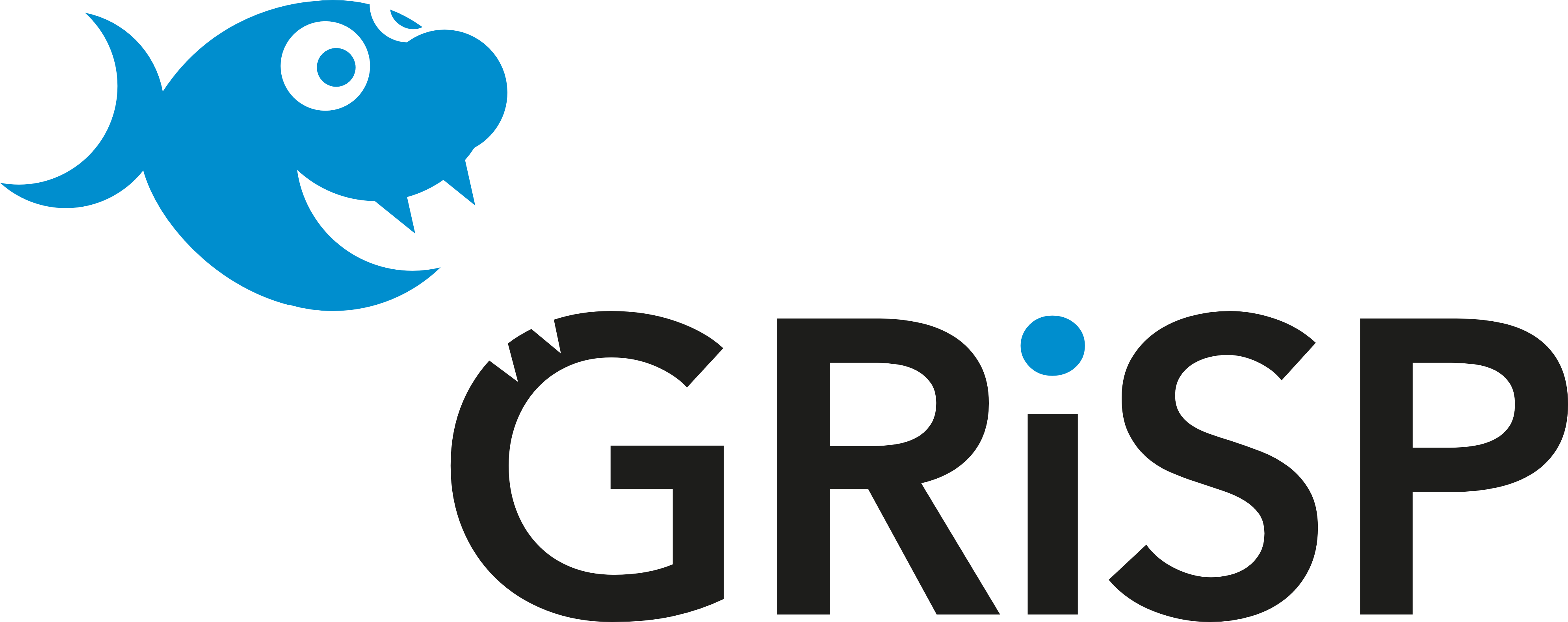The Erlang Pitch for Every Role: How to Sell Erlang to Different Stakeholders
Erlang is not just another programming language, it's a battle-tested runtime and ecosystem designed for building systems that must not go down. Whether you're talking to engineers, executives, or sales teams, Erlang's strengths can be framed in ways that resonate with each audience.
This comprehensive guide shows you how to pitch Erlang/OTP to different stakeholders, from CTOs focused on operational leverage to CFOs concerned about cost reduction, and everyone in between.
The inspiration comes from The FP Pitch by Ada Beat, which reframes functional programming as a business storytelling asset: fewer bugs, fewer complaints, and more confidence across departments. We’ve extended that approach here with an Erlang-specific lens, tailoring the message to different stakeholder roles and their unique priorities.
What Makes Erlang Special?
Erlang combines functional programming principles with unique runtime capabilities that set it apart from traditional languages:
- Immutability, pattern matching, and higher-order functions provide functional programming's core strengths
- OTP (Open Telecom Platform) adds supervision trees and behaviors for fault tolerance
- Actor model with lightweight processes enables massive concurrency
- Built-in distribution for transparent communication across nodes
- Soft real-time performance with per-process garbage collection
- Hot code upgrades for zero-downtime deployments
- First-class observability built into the runtime

Key Erlang Benefits for Technical Decision Makers
Operational Excellence
- Supervision trees & OTP behaviors keep failures contained and recover services automatically
- Hot code upgrades enable deployments with minimal or zero downtime
- Built-in distribution with transparent communication between nodes
Performance & Scalability
- Massive concurrency with hundreds of thousands to millions of lightweight processes
- Per-process garbage collection for predictable latency under load
- Soft real-time characteristics ideal for high-performance systems
Developer Experience
- Deep observability with Observer GUI, kernel Logger, and trace/match-specs
- In-VM storage with ETS (in-memory) and Mnesia for distributed state
- Interop capabilities via Ports, NIFs, and C-nodes for incremental adoption
Proven at Scale
WhatsApp scaled to hundreds of millions of users with a small team, crediting Erlang for concurrency and operational agility.
The Erlang Pitch by Role
CTO: Operational Leverage
OTP provides operational leverage. Supervision trees keep services self-healing, hot upgrades mean shipping without restarts, and built-in distribution simplifies clustering. You get correctness and speed of iteration.
Key talking points:
- Reduced operational overhead
- Faster deployment cycles
- Improved system reliability
CEO: Business Advantage
Reliability becomes a business advantage. Fewer incidents, shorter outages, and safer changes (even during peak hours). That's happier customers and faster roadmaps.
Key talking points:
- Customer satisfaction improvement
- Competitive advantage
- Faster time to market
CFO: Cost Reduction
Lower the cost of failure. Supervision restarts crashes automatically and hot upgrades avoid revenue‑killing downtime, reducing firefighting, emergency releases, and operational expenses.
Key talking points:
- Reduced downtime costs
- Lower operational expenses
- Better resource utilization
Business Developer: Integration Confidence
Validate integrations quickly and demo with confidence because the system stays up. Faults are isolated and recovered by design.
Key talking points:
- Reliable demos
- Faster integration cycles
- Reduced integration risks
Sales: Credibility
Live demos stay up. The runtime isolates faults so one feature issue will not crash the entire product. This translates to credibility in front of clients.
Key talking points:
- Reliable demonstrations
- Professional credibility
- Reduced demo failures
Marketing/CMO: Brand Consistency
Consistency makes for a cleaner story. There are fewer incident apologies and more dependable features to promote. Reliability is part of the brand.
Key talking points:
- Brand reliability
- Positive customer stories
- Reduced crisis communications
Engineering Manager: Team Productivity
OTP encourages small, composable processes with clear contracts such as gen_server and gen_statem. Supervision and per-process garbage collection reduce issues as the codebase grows.
Key talking points:
- Improved code quality
- Better team productivity
- Reduced technical debt
VP of Engineering: Scalable Processes
Scale teams without scaling bugs. Erlang's conventions (behaviours, supervision, and releases) standardise how services are built, deployed, observed, and upgraded.
Key talking points:
- Standardized development processes
- Scalable team growth
- Consistent deployment practices
Entrepreneur/Founder: Lean Operations
Move fast without breakage. Erlang lets lean teams handle absurd concurrency. WhatsApp famously did this with around 50 engineers. That's runway back in your pocket.
Key talking points:
- Lean team efficiency
- Reduced hiring needs
- Faster product development
Service Desk/Support: Operational Clarity
Fewer tickets and clearer runbooks. Supervision trees restart processes and log structured crash reports you can search. No mystery states.
Key talking points:
- Reduced support tickets
- Better troubleshooting
- Clearer operational procedures
Sales Support Engineer: Reliable Demos
Rock-solid demos. Stateless processes, isolation, and supervision make features predictable under load and during integrations.
Key talking points:
- Reliable demonstrations
- Predictable system behavior
- Successful integrations
Product Manager: Predictable Delivery
Predictable behaviour means fewer edge-case derailments. Clear process mailboxes and pattern matching make acceptance criteria executable, not aspirational.
Key talking points:
- Predictable feature delivery
- Reduced scope creep
- Clearer requirements
CISO/Security Officer: Security by Design
Strong isolation and message passing by default, with no shared memory, reduces entire classes of concurrency bugs and data races. The model is auditable and easy to reason about.
Key talking points:
- Reduced security vulnerabilities
- Better audit trails
- Simplified security model
SRE/DevOps: Built for Uptime
Built for uptime. Non-blocking code loading improves real-time characteristics during upgrades. First-class tracing/match-specs, Observer UI, and Logger are included. Clustering is native.
Key talking points:
- Improved system uptime
- Better monitoring capabilities
- Native clustering support
QA/Test Engineer: Reliable Testing
Deterministic, side-effect-light code, and per-process isolation mean tests actually isolate faults. Common Test is standard, and property-based testing tools like PropEr or QuickCheck find edge cases you did not anticipate.
Key talking points:
- More reliable tests
- Better test isolation
- Advanced testing capabilities
Advanced Erlang Capabilities
In-VM Storage Solutions
- ETS (Erlang Term Storage) for constant-time lookups and in-memory data
- Mnesia for distributed, transactional state co-located with code
- Perfect for caches, registries, session management, and state machines
Interoperability Options
- Ports for external process communication
- NIFs (Native Implemented Functions) for short native calls
- C-nodes for native programs that join the Erlang cluster
- Start with one service—no need to rewrite everything
Real-Time Performance
- Per-process garbage collection for predictable latency
- Reduction-based preemption keeps systems responsive
- Soft real-time characteristics at the VM level
Proven Enterprise Solutions
- WhatsApp - Messaging platform (scaled to billions of users)
- Discord - Real-time communication platform
- RabbitMQ - Enterprise message broker
- CouchDB - Document database
- Klarna - Payment processing platform
- Xbox Live - Microsoft's gaming platform backend
- GRiSP - Embedded Erlang for IoT and real-time hardware
Quick Erlang One-Liners for Presentations
- We ship without stopping: hot code upgrades are part of the standard release flow.
- When something crashes, it restarts and tells us why. That's OTP's supervision philosophy.
- Concurrency is a feature, not an afterthought. We spawn processes by the hundreds of thousands.
- Observability is built-in: Logger, tracing, Observer. No extra instrumentation required.
Frequently Asked Questions About Erlang
Will Erlang tie us to exotic tooling?
No. Erlang is standards-driven and highly interoperable. You can adopt it gradually through Ports, NIFs, or C-nodes without rewriting your entire stack.
Can we upgrade during peak hours?
Yes. Hot code upgrades are the default approach. Two versions of a module can run simultaneously with relup choreography for rolling, non-blocking upgrades.
Is Erlang only for telecom applications?
No. While Erlang originated in telecom (which explains its strength in availability and concurrency), these properties work equally well for:
- Financial technology (fintech)
- Messaging platforms
- Internet of Things (IoT)
- Infrastructure services
- Gaming platforms
- Real-time systems
Proof Points for Different Audiences
Executive Leadership
- Lean teams at scale: WhatsApp's small engineering team operating at global scale
- Cost reduction: Reduced operational expenses and downtime costs
- Competitive advantage: Faster time to market with reliable systems
Engineering Leadership
- Self-healing architecture: OTP supervision trees in official documentation
- Zero-downtime deployments: Official code loading and release handling
- Scalable processes: Standardized development and deployment practices
Operations Teams
- Observability: Observer users' guide and Logger for comprehensive monitoring
- Soft real-time performance: Per-process garbage collection and scheduling
- Native clustering: Built-in distribution capabilities
IoT and Edge Computing
- Embedded Erlang: GRiSP for Erlang on bare metal hardware
- Real-time capabilities: Predictable latency for edge computing applications
- Resource efficiency: Lightweight processes for constrained environments
Conclusion
Erlang offers unique advantages that can be positioned differently for each stakeholder. Whether you're talking to executives about business benefits, engineers about technical capabilities, or operations teams about reliability, Erlang's strengths provide compelling arguments for adoption.
The key is understanding your audience's priorities and framing Erlang's benefits in terms that resonate with their specific concerns and goals. From operational leverage for CTOs to cost reduction for CFOs, Erlangdelivers measurable value across the organization.
